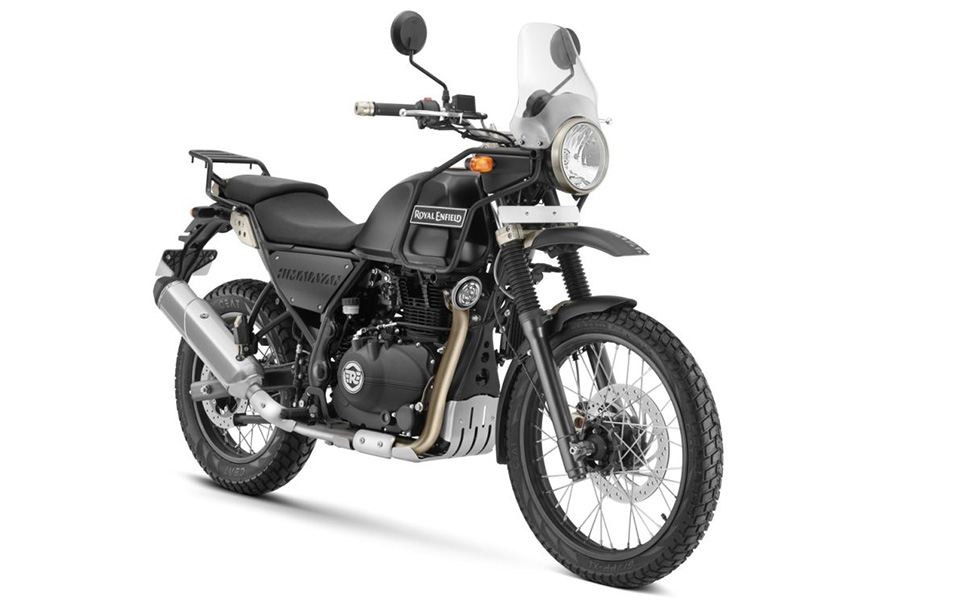
Whether you are moving from Columbia to New York or transporting goods across the country, a highway permit is one of your top concerns. They are needed for operating oversized and overweight vehicles on the highway.
Knowing how many goods you must be transporting, an oversized vehicle is a bare minimum.
Getting oversize permits may be easy, but getting them urgently is a challenge, and of course, if you need such a permit, you need it right away.
If you want to find the key factors to consider as you apply for a permit, this article is for you, but first, address the elephant in the room.
Is your vehicle oversized?
Not many people know what vehicles qualify for oversize permits. However, it is the most critical question when you start planning transportation.
In the USA, any load that is:
- Longer than 53’
- Wider than 8’6”
- Higher than 13’6”
- Weighing over 80,000 pounds
It is considered to be an oversized vehicle.
Moreover, every state has its laws when dealing with oversize vehicles. Hence, it is crucial to know about their regulations, especially if you need to travel cross country.
What to consider as you apply for oversize permits?
When you ship goods, you look for two simple things: customer satisfaction and ease of delivery. Packers keep a few factors in mind to achieve both of these simultaneously.
- Determining if the load is oversized
While it is true that any vehicle over 80,000 pounds is considered oversized, this definition is not entirely accurate.
For all practical purposes, per axle limits are used to apply weight restrictions. A vehicle may not cross the 80,000-pound weight limit but may qualify as oversized anyway.
Due to this, width is a more commonly considered factor for determining the same.
- Figuring out if you need travel escorts
Driving oversized flatbed vehicles is a tedious task. Many times, the vehicle is so large that it would not be possible to turn back on the route.
You will need a travel escort or “pilot vehicles” for cases like that. The pilot vehicles drive either in front of or behind the flatbeds. Their job is to inform the flatbed drivers of:
- Accidents
- Construction zones
- Low wires
- Traffic jams
So, if your flatbed is over 12 feet wide, you should get a pilot vehicle. They help in smooth driving and efficient shipment by clearing your route.
- Understanding factors that may impact your schedule
Shippers face unique challenges when they deal with oversize loads. They are a result of the differing laws in different states.
In many states, escorted oversize vehicles can only be driven between 30 minutes after sunset and 30 minutes before sunrise. Such a law interferes with both ease of driving and shipment deadlines.
Another area causing issues is that you need a permit for every state you plan on passing before you drive an oversized vehicle. Furthermore, the permit should contain the exact routes you want to take.
Final thoughts
Oversized vehicles can be challenging to drive around. However, they are the most efficient way of transporting goods over large distances.
Hence, it is essential to know all the regulations surrounding oversize permits and how to obtain them quickly.
Besides, different states follow different laws. So, carefully plan your route and look for a permit accordingly.



